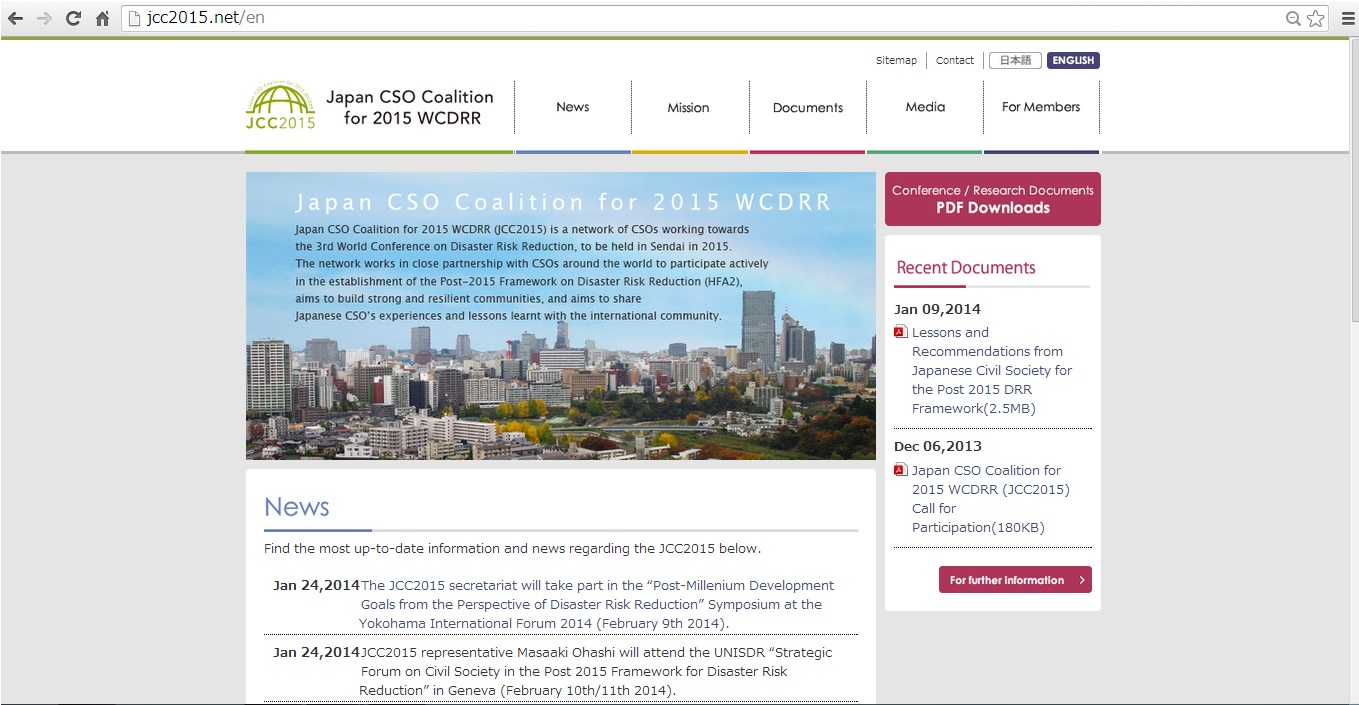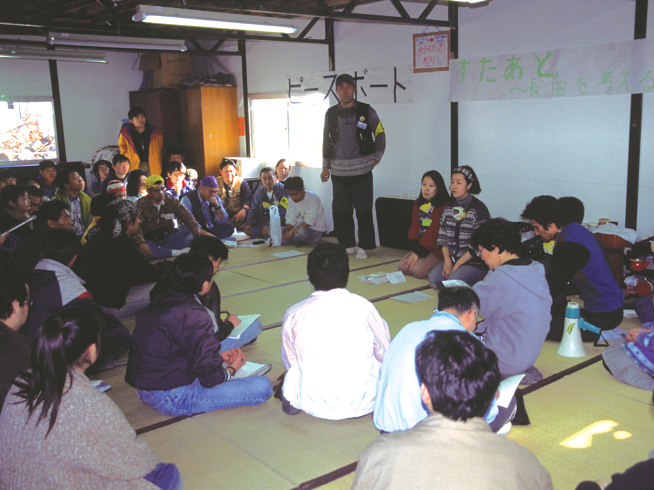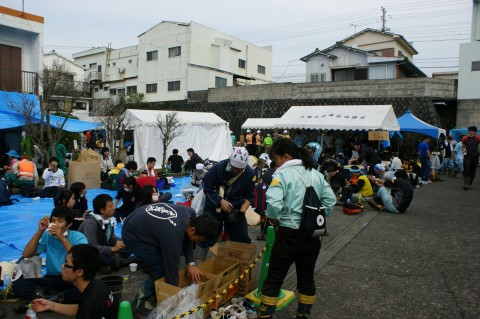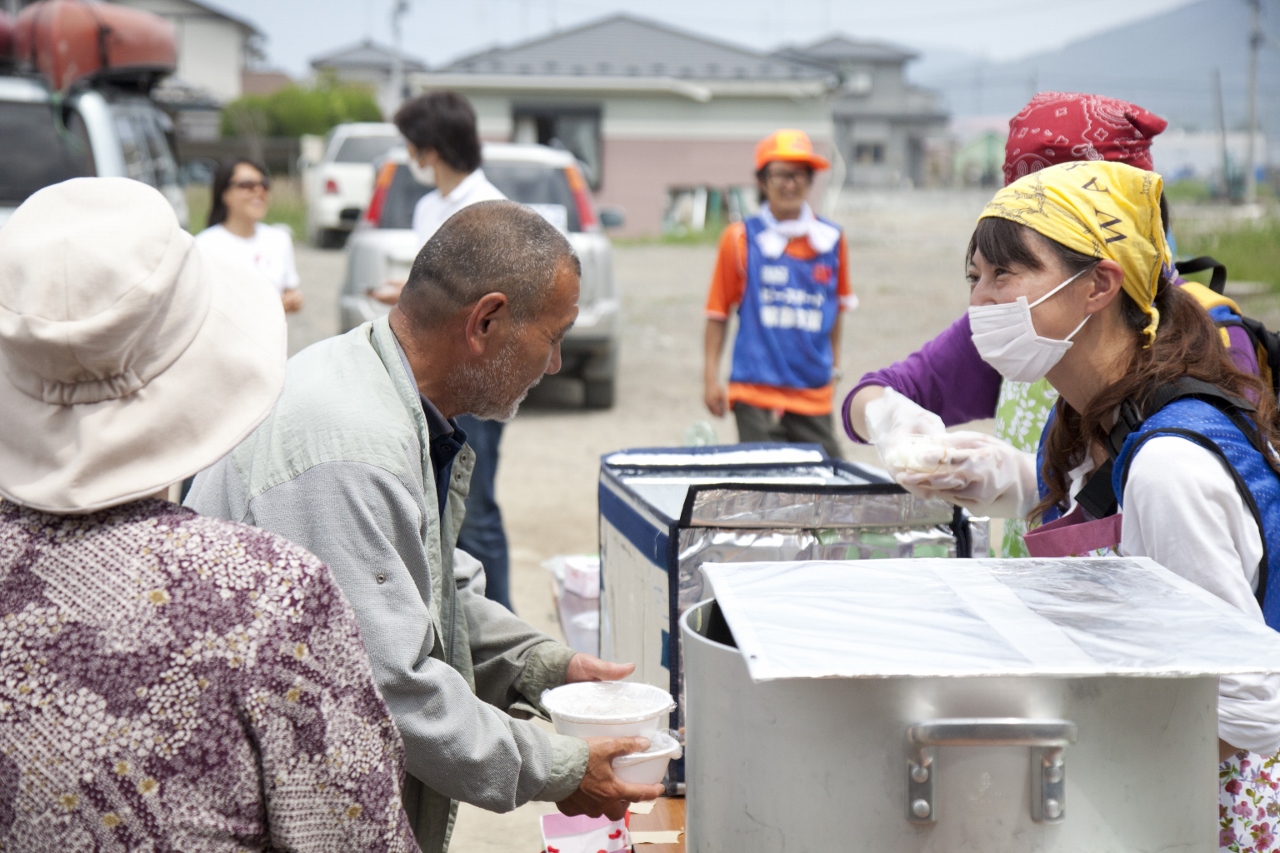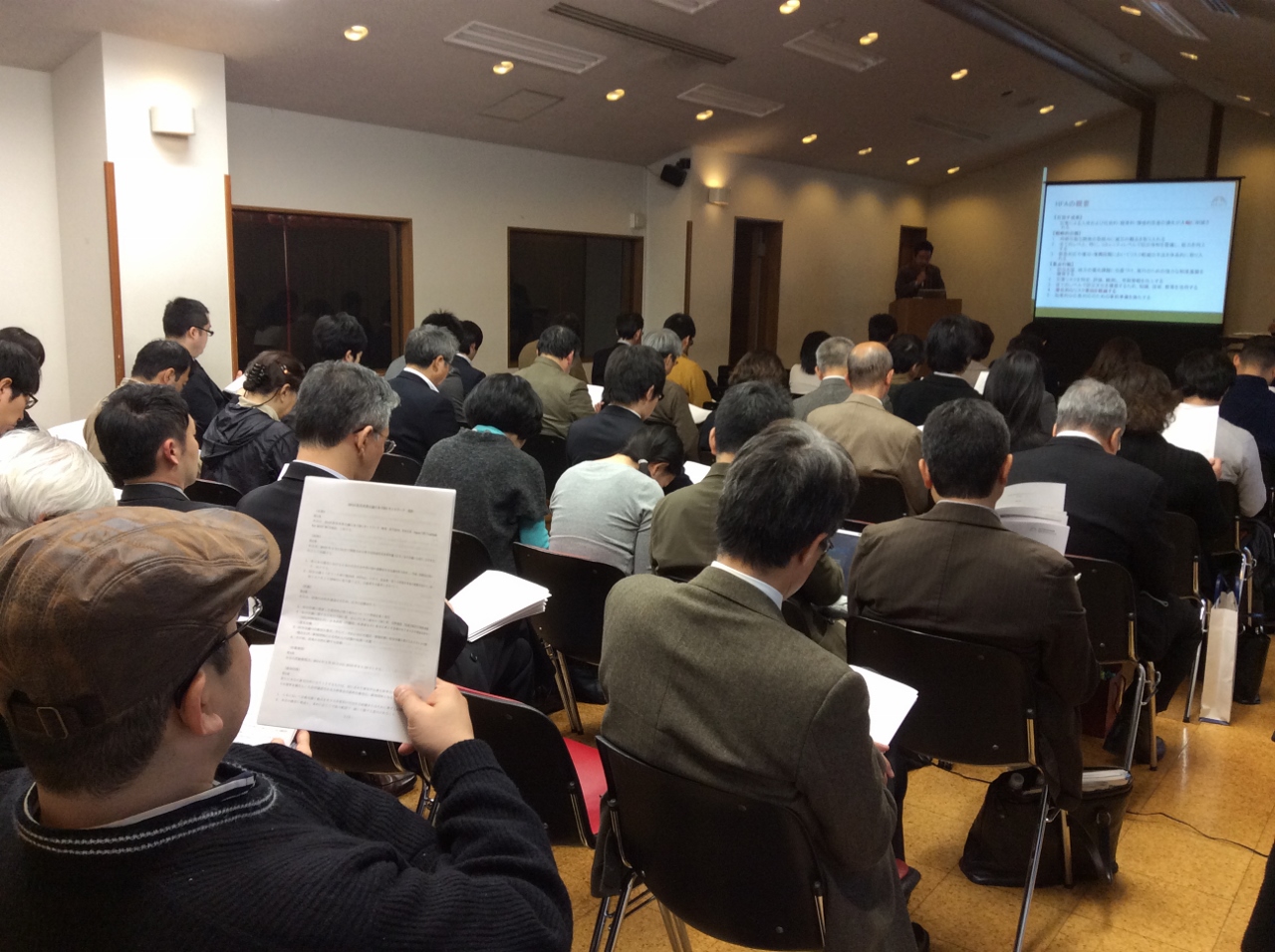
News
Japan CSO Coalition for 2015 3rd World Conference on Disaster Risk Reduction (JCC2015)
January 28, 2014
January 19th 2014 marks 19 years since the Great Hanshin-Awaji Earthquake. The disaster claimed thousands of lives and devastated the city of Kobe, leaving in its wake a profound sense of loss across the nation.
In one of the most earthquake-prone countries in the world, the disaster served as a chilling reminder of the importance of disaster preparedness, mitigation and prevention in the aim of minimizing loss of human life and human suffering during times of disaster.
In 2005, Kobe hosted the 2nd World Conference on Disaster Risk Reduction (WCDRR) 10 years on from the disaster. During this conference, national representatives from all over the world came together to adopt the Hyogo Framework for Action (HFA), a set of guidelines aiming to improve disaster preparedness measures globally over the course of 10 years.
In March 2015 – the 10th year since the adoption of the HFA – Sendai will host the 3rd World Conference on Disaster Risk Reduction. Sendai, the largest city in the disaster-affected Tohoku region, is set to host this conference, illustrating the importance of experiences and lessons from the Great East Japan Earthquake on global disaster-related policies.
Given the extensive experiences and contributions of non-profit and non-governmental groups in the relief efforts after the Great East Japan Earthquake and Tsunami, it is imperative that these stakeholders are involved in the 3rd WCDRR. Leading up to the conference, a large number of Japan-based civil society groups have come together to share experiences and lessons learnt from their respective disaster-related activities.
As a result, Japan CSO Coalition for 2015 WCDRR (JCC2015) was established on January 10th.
JCC2015 is a network of CSOs working towards the 3rd World Conference on Disaster Risk Reduction, to be held in Sendai in 2015.
The network works in close partnership with CSOs around the world to participate actively in the establishment of the Post-2015 Framework on Disaster Risk Reduction (HFA2), aims to build strong and resilient communities, and aims to share Japanese CSO’s experiences and lessons learnt with the international community.
The Great Hanshin-Awaji Earthquake is, in some circles, considered the birth of disaster volunteerism in Japan. Thousands of volunteers flooded into the affected areas to help out in any way they could, whether through distribution of supplies, making hot meals, or cleaning damaged houses. Compared to today’s disaster response mechanisms, volunteer activities were not as coordinated and efficient.
Today’s disaster volunteers have access to a more coordinated system; they can sign up at a disaster relief volunteer center, where they can join a team in the field. These centers are run by the local branch of the Social Welfare Council, the semi-governmental body who usually is responsible for ensuring the welfare of citizens in their municipality (E.g., caring for the elderly). After checking in at the center, volunteers are assigned a group and are dispatched to a field site. The volunteer reception center is charged with matching the needs in the community with the resources (in this case, volunteers).
This is just one example of the growth of volunteer activity and the strengthening of volunteer-related systems in disaster time since the Great Hanshin-Awaji earthquake.
In 1998, the growth of the non-profit sector led to the introduction of the Law Concerning the Promotion of Specific Non-Profit Organization Activities (a.k.a. the NPO Law). This new legislation was established to help NPOs organize effectively and to create a more official role for non-profits both in times of disaster and peace time.
1995, volunteering in Kobe.
Volunteers at a disaster relief volunteer center (Oshima Island, 2013)
Japan is widely regarded as a global leader in disaster risk reduction, with a combination of knowledge, experience, infrastructural resilience and technological capabilities second to none. However, no country, no matter how prepared, is invulnerable to disasters and the frequency of both small-scale and major disasters in Japan allows no room for complacency.
This unique setting, a country at the forefront of disaster preparedness and yet so prone to disasters, may explain why every World Conference for Disaster Risk Reduction has been held in Japan to date.
There are certain issues that can be applied to many types of disasters, regardless of where they take place in the world. For example, Typhoon Haiyan in the Philippines left many areas in a similar condition to areas affected by the Great East Japan Earthquake; over 6,000 people lost their lives, and more than 1,700 people are still missing. Matters such as infrastructure and community preparedness can have a great impact on the extent to which a disaster affects a community.
Lessons learnt from countries’ experiences of disasters may be able to save lives in other countries. The 3rd World Conference on Disaster Risk Reduction provides an opportunity for global stakeholders to share their experiences and lessons learnt with other international actors. These kinds of opportunities are extremely important for the growth and improvement of international disaster risk reduction measures across the board.
In Ishinomaki City, after the Great East Japan Earthquake, volunteers provided 10,000 hot meals to residents that could not be reached by governmental assistance.
In addition, the Great East Japan Earthquake was not only a natural disaster; the situation was severely exacerbated by the Fukushima Daiichi nuclear disaster. As we approach the 3-year mark since March 11th, the nuclear disaster is still on-going and causing immense human suffering. As an increasing number of reports regarding health issues and the effects of long-term radiation coming to light, the road to recovery is still long and uncertain.
At the Sendai conference, all nations that have nuclear facilities or are considering building them should be wary of the Fukushima disaster and the potential hazards of nuclear power on human life.
In May 2013, Peace Boat participated in the Global Platform for Disaster Risk Reduction (GPDRR), which also served as a preparatory convention for the 3rd WCDRR. We were honoured to be in attendance with Mr. Kazuo Mutou a farmer from Nihonmatsu-City, Fukushima Prefecture. A surprising reality at the GPDRR was that while many people considered the nuclear disaster a serious issue, it was not brought up in discussions at either the main conference or side-events without initiation from Mr. Mutou or a Japanese NGO/NPO.
Mr. Mutou gives a speech at the GPDRR in Geneva, Switzerland
PBV is a member of the JCC2015 network which was established last week. We strongly believe in the network’s mission to share Japan’s experiences with as many people as possible to help create a global society that can protect its citizens from disasters. It is impossible to create a disaster-proof society; therefore we should strive to create a society that helps each other through mutual assistance when the need arises.
Please see the JCC2015 official website for more information:
www.jcc2015.net/en




